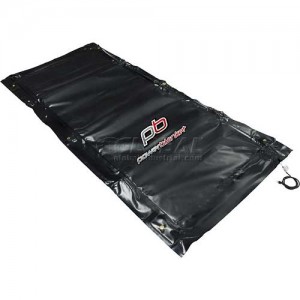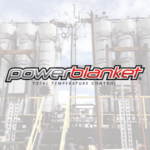
Allow Wikipedia to explain: “Heat transfer is a discipline of thermal engineering that concerns the generation, use, conversion and exchange of thermal energy and heat between Physical systems.” What this means to those of us who suffer with a non-engineer-type brain (yes, I do work with a few engineers and I have every right to pick on them once in a while!) is that there are many variable that contribute to how heat is transferred from one object to another. This alters the time frame of heating something to the right temperature.
Here’s a quick review on why the answer is different for everyone on the question of “How long will it take my Powerblanket product to heat my materials?” You see, heat transfers from one object to the next in one of three ways:
- conduction,
- convection
- radiation.
So, here are the key factors to heat transfer:
- When heat transferrers using our products, it is typically happens through conduction. Not always, but most of the time. “Conduction is the transfer of heat between substances that are in direct contact with each other. The better the conductor, the more rapidly heat will transfer.” This means the snugger you apply your Powerblanket wrap – without adding additional straps – the better the heat will transfer.
- Another variable that will play havoc on heat transfer is wind. Heat hates wind. In almost all cases wind will swoop in and steal heat from just about anything. That is not to say a Powerblanket wrap won’t heat, but only that it could take longer to get it there.
- Ambient temperatures also play a determining factor in heat-transfer time. If the desired temperature is 70°F and your ambient is -20°F it will take quite a bit longer to get there than if your ambient was 65°F. Make sense? Of course it does.
- And, finally, what are you trying to heat and what is its beginning temperature? Is it thick and viscous or is it thin like water? Does it begin the heat process at frigid temperatures or something reasonable like 50°F? The more viscous the product the harder it is to circulate the heat throughout. (This is called convection.) “Heat energy transferred between a surface and a moving fluid at different temperatures is known as convection. In reality this is a combination of diffusion and bulk motion of molecules. Near the surface the fluid velocity is low, and diffusion dominates. Away from the surface, bulk motion increases the influence and dominates.”
Curious to see how Powerblanket can meet the unique needs of your industry?



